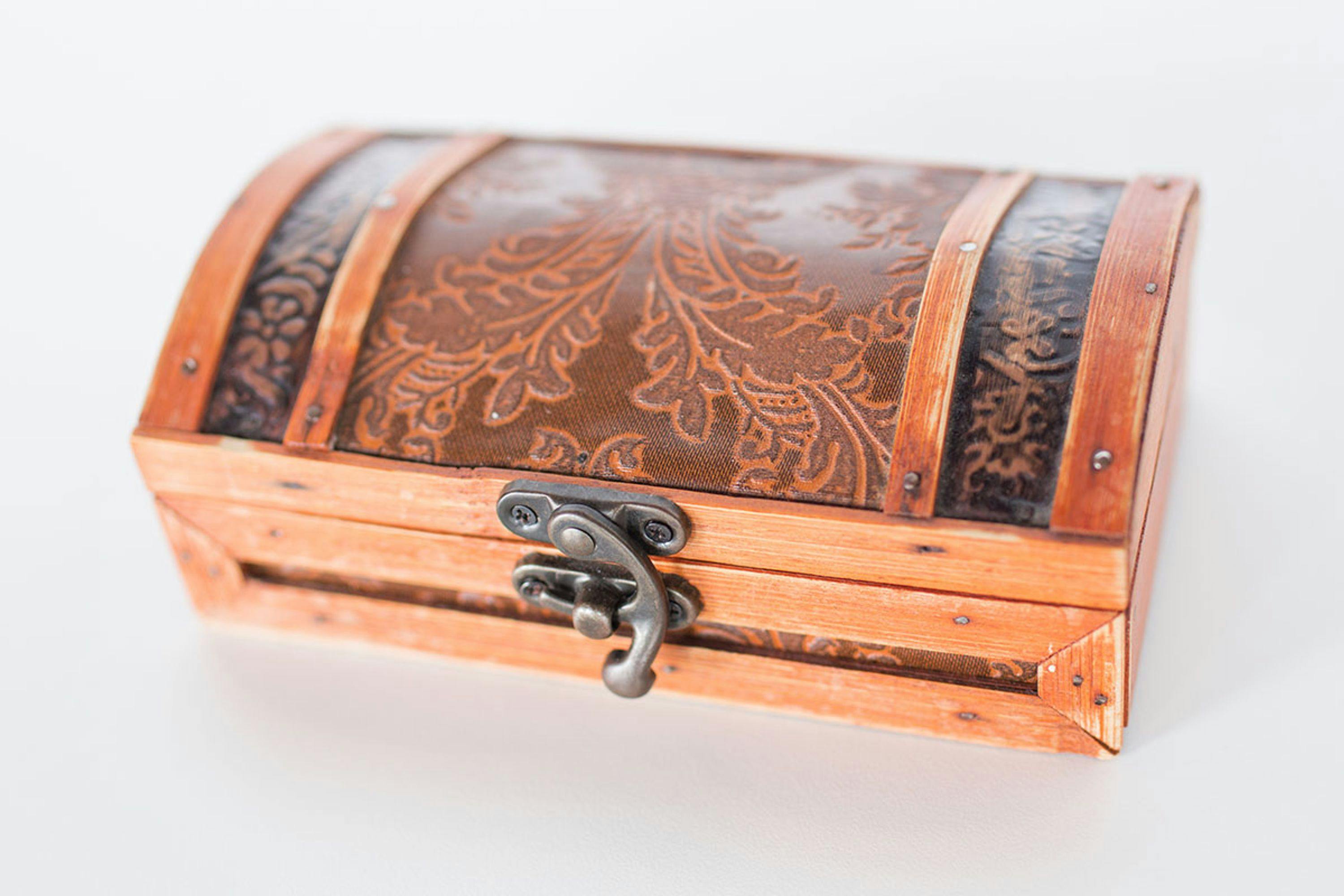Phonetic Object Box
The Phonetic Object Box is the first time children encounter a material exclusively geared for reading, and it gives students the confidence by using well-known objects in an enticing presentation
The Guidepost Team
Very young children learn to communicate their needs and wants with us in many different ways.
Before they speak, perhaps it’s with a pointed finger, a facial expression, or a body posture. As they learn to speak, they realize their words have power, and enjoy sharing their thoughts orally.
As a child grows, they soon learn that the written word is one more way to communicate with the world. That’s where the Phonetic Object Box comes in. It’s a step towards reading fluently, and incorporates writing practice as well. Let’s take a look at this Montessori material from the Language section of the classroom!
Every classroom varies, but the idea is to choose an enticing box that the guide will fill with objects and labels. The box pictured above is a perfect example of a beautiful, ornate addition to the classroom shelf that children love to work with. The little latch even helps fine motor control!
Next, what does ‘phonetic’ mean? To be a phonetic word, every letter must match its sound. For example: Dog. We pronounce and can hear each letter’s sound in D-O-G. An example of a non-phonetic word would be sheep, or fish.
A child can do many activities with the Phonetic Object Box, but let’s look at the first presentation a guide may give.
After sitting down together, the child and guide will take out each object and name them, one by one. This is to make sure the child has a secure knowledge of the name of the objects before trying to label them.
Next, the guide will play a little game with the child by writing the name of one of the objects on a slip of paper. The child’s task will be to sound out the letters, with the help of the guide, and successfully read the word and find the object.
This is big, exciting work! The Phonetic Object Box is the first time children encounter a material exclusively geared for reading, and it gives students the confidence by using well-known objects in an enticing presentation.
Let’s continue! After the child works with the guide reading hand-written labels, they will begin using the prepared labels from the box. One by one, the child will read the label and match it to the object.
There are a few variations for the Phonetic Object Box, and the guide will pay close attention to what the child is interested in and what next steps might aid their language development. For example, the child might write their own labels, create labels for other objects around the room, or continue to work with the prepared labels and objects on their own. From time to time, the objects in the box are rotated, to encourage practice and give an extra sense of excitement!
We hope you enjoyed learning more about Montessori language work. Please feel free to reach out if you have any thoughts or reflections, we’re always happy to hear from you.
The Guidepost Team
The Guidepost Team is a group of writers and educators dedicated to helping demystify all things Montessori.
Sign up for our newsletter
Get started with our community today! Sign up for resources.
